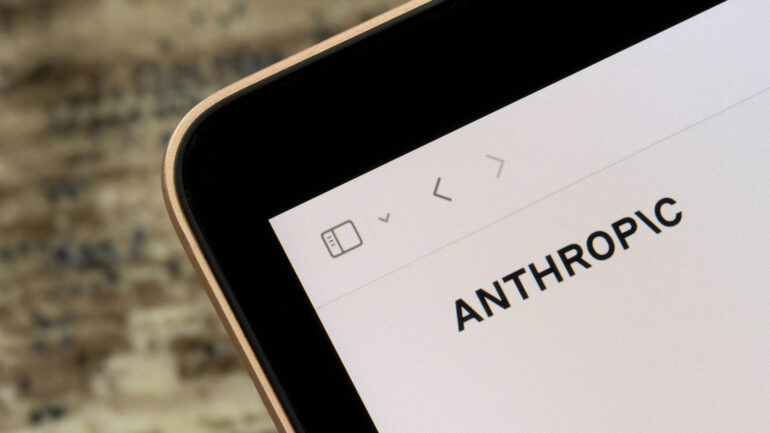- Anthropic launches funding program for new AI benchmarks.
- Program aims to evaluate AI model performance and societal impacts.
- Focus on creating rigorous benchmarks addressing security and societal implications.
- Calls for tests assessing AI abilities in cyberattacks, manipulation, and national security.
- Supports research into AI’s role in scientific study, multilingual communication, bias mitigation, and toxicity filtering.
- Offers various funding options; details undisclosed.
- Emphasizes alignment with Anthropic’s AI safety classifications, developed with external input.
- Potential concerns in AI community about depicted risks and commercial motivations.
Main AI News:
Anthropic has announced a new initiative aimed at financing the development of advanced AI benchmarks capable of evaluating the performance and societal impacts of AI models, including generative models like its own Claude. Revealed recently, the program will provide funding to third-party organizations capable of effectively measuring advanced AI capabilities. Interested parties can submit applications continuously for evaluation.
“Our investment in these evaluations aims to advance AI safety, offering essential tools that benefit the entire ecosystem,” Anthropic stated in its official blog. “Developing high-quality benchmarks that address safety concerns remains a significant challenge, with demand surpassing current supply.”
As previously noted, the field of AI faces challenges in benchmarking. Existing benchmarks often fail to accurately reflect how everyday users interact with tested systems. Furthermore, questions persist about the relevance of older benchmarks in the era of modern generative AI.
Anthropic’s proposed solution involves creating rigorous benchmarks focusing on AI security and societal implications through new tools, infrastructure, and methodologies. The company specifically calls for tests that assess AI models’ abilities to execute tasks such as cyberattacks, manipulate information (e.g., deepfakes), and contribute to national security concerns.
Additionally, Anthropic aims to support research into benchmarks and end-to-end tasks that explore AI’s potential in scientific research, multilingual conversation, bias mitigation, and toxicity filtering. The initiative envisions new platforms where experts can develop evaluations and conduct large-scale model trials involving thousands of users.
To facilitate these goals, Anthropic has appointed a dedicated program coordinator and is open to acquiring or expanding projects with scalable potential. Funding options tailored to project needs and stages are available, although specific details were not disclosed.
While Anthropic’s initiative is commendable, its commercial interests in the AI sector raise questions about its impartiality. The company’s alignment of funded evaluations with its own AI safety classifications, developed with input from organizations like METR, may influence participants’ views on AI risk.
Some in the AI community may challenge Anthropic’s portrayal of AI risks, particularly catastrophic and deceptive scenarios such as weapon enhancement and nuclear risks. Critics argue that such concerns divert attention from immediate regulatory issues posed by AI technologies.
Anthropic hopes its program will drive progress towards establishing comprehensive AI evaluation as an industry standard. This mission resonates with many ongoing efforts by independent groups to enhance AI benchmarks, though collaboration with a vendor like Anthropic, driven by commercial interests, may prompt cautious engagement from these initiatives.
Conclusion:
Anthropic’s initiative to fund advanced AI benchmarks marks a significant step towards enhancing AI evaluation standards. By focusing on security, societal implications, and comprehensive performance metrics, Anthropic aims to address critical gaps in current benchmarking practices. However, stakeholders in the AI market may scrutinize the initiative’s alignment with Anthropic’s commercial interests and its implications for shaping industry-wide AI safety standards and regulatory discussions.

